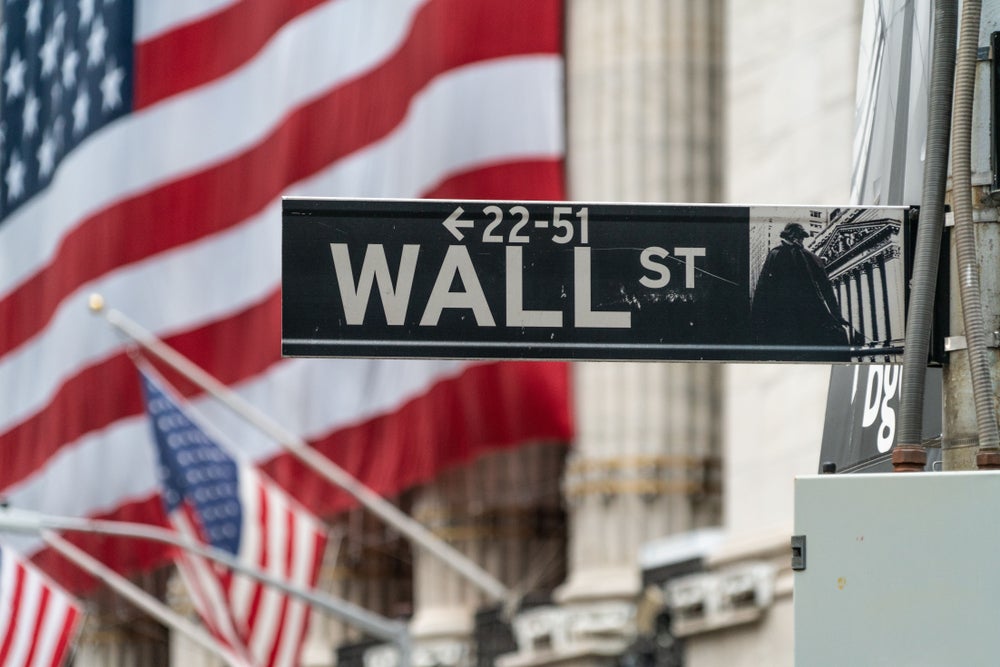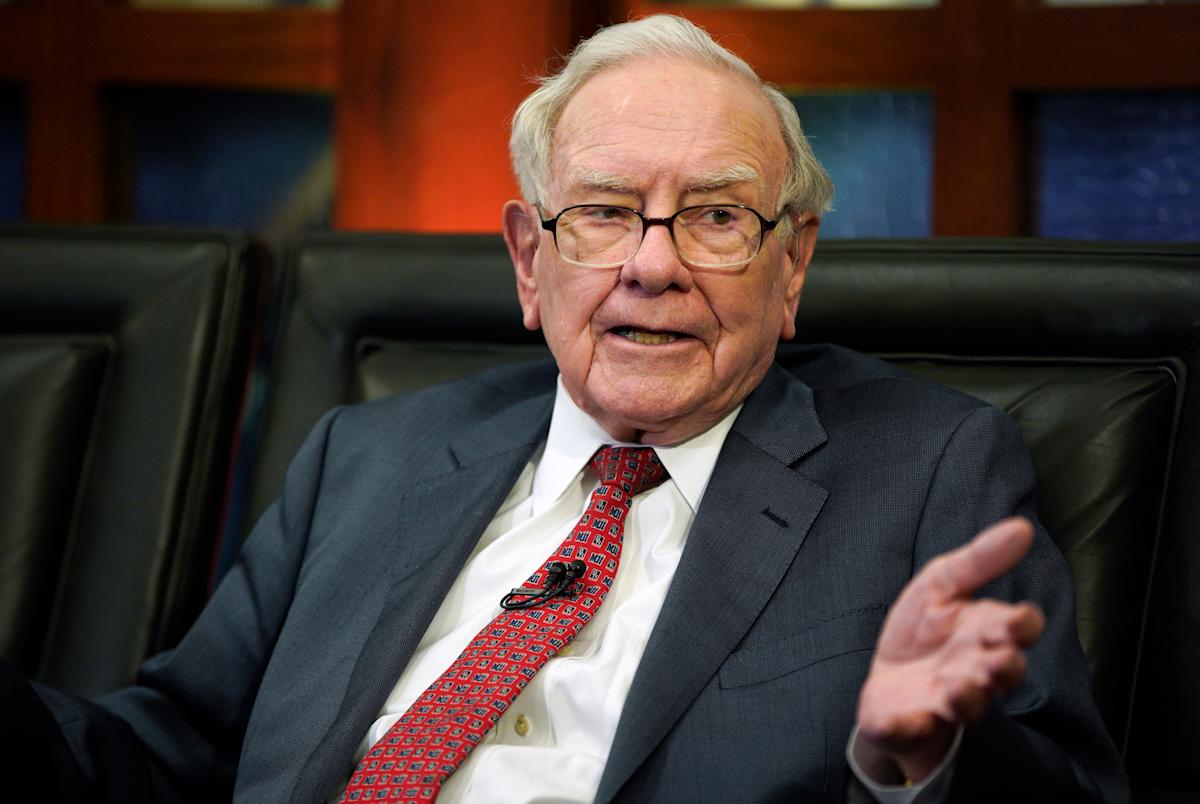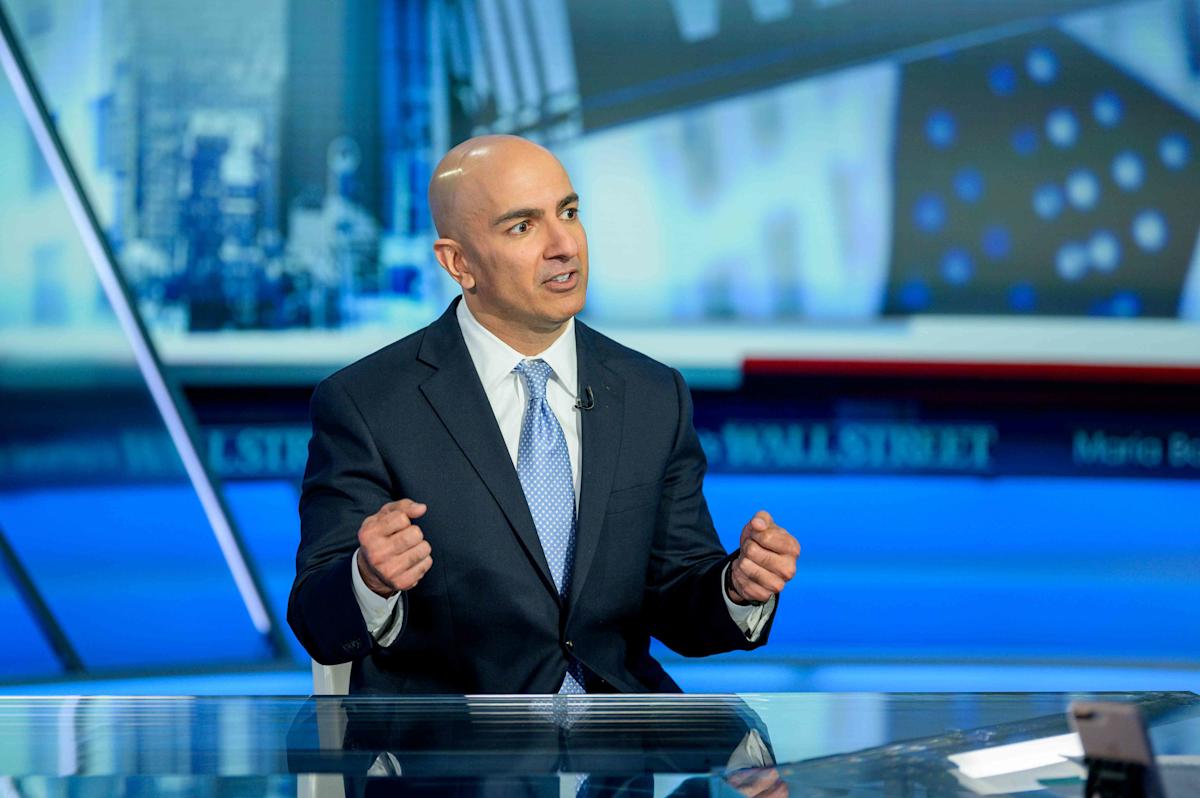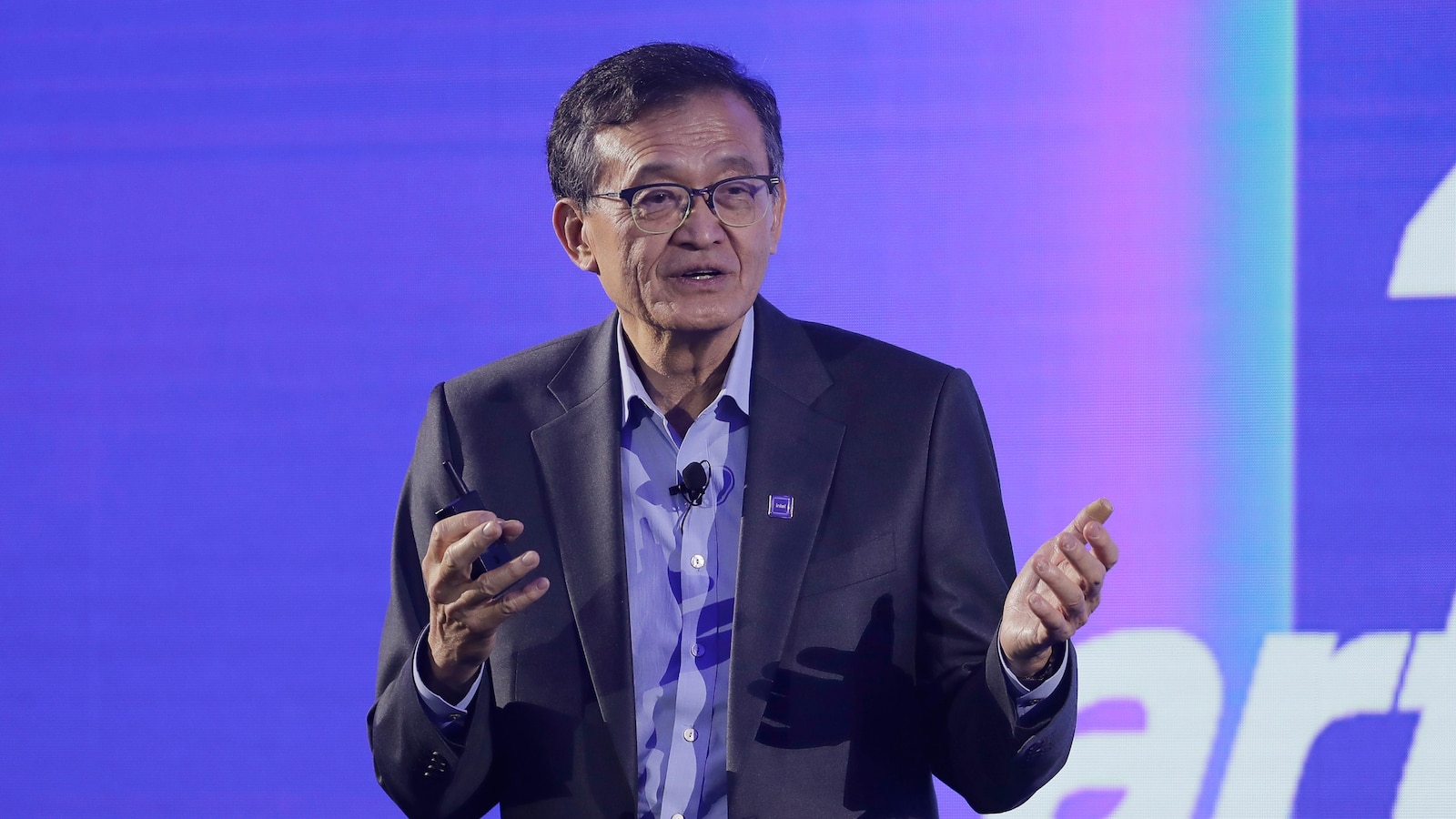Trump Proposes 80% Tariff Cut Ahead of China Talks

Trump's Proposal to Reduce Tariffs
President Donald Trump has indicated a significant shift in the U.S.-China trade dynamics with his proposal to reduce tariffs on Chinese goods by 80%. This announcement, made via social media, suggests a strategic move towards easing the prolonged trade war that has strained the global economy. The current tariff rate of 145%, imposed during heightened trade tensions, has been a key point of contention, with China retaliating with a 125% tariff on U.S. goods. The proposed reduction aims to open avenues for dialogue and mutual concessions, potentially revitalizing bilateral trade relationships. However, skepticism remains regarding the feasibility and timing of such a substantial tariff cut, particularly as both nations seek to protect their economic interests.
Economic Impacts of Current Tariffs
The imposition of steep tariffs has significantly disrupted trade flows between the U.S. and China, with shipments between the two nations reportedly plummeting by 60%. This decline has not only affected businesses reliant on cross-border trade but has also contributed to inflationary pressures in the U.S. market. Economists note that these tariffs have pushed up prices for consumers while creating supply chain bottlenecks, further exacerbating economic challenges. Goldman Sachs analysts predict that even a complete removal of tariffs could take months to stabilize trade and alleviate shortages. Additionally, the long-term damage to business relationships and trust between U.S. and Chinese firms presents a formidable hurdle for restoring pre-trade war levels of economic cooperation.
Upcoming Trade Talks in Geneva
The forthcoming trade discussions in Geneva mark a critical juncture in U.S.-China relations. Led by Treasury Secretary Scott Bessent, U.S. representatives are set to engage with their Chinese counterparts in an effort to deescalate tensions and establish a framework for fair trade agreements. While the immediate objective is to reduce tariffs and explore reciprocal measures, the talks are unlikely to yield a comprehensive deal in the short term. Instead, they are viewed as an initial step toward rebuilding trust and addressing broader issues, including intellectual property rights and market access. Both sides face immense pressure to deliver tangible progress, as the global economy continues to bear the brunt of their prolonged trade conflict.
 Sources
Sources- Trump, major concession, says tariff China 80% — leave Bessent | CNN Business
 cnn
cnn - Trump tariffs live updates: Trump floats cutting slashing China tariffs 80% talks ahead
 yahoo
yahoo - '80% Tariff China right': Trump floats deescalation ahead weekend trade talks
 yahoo
yahoo - Trump tariffs live updates: Trump floats slashing China tariffs to 80% with 'many' deals 'in the hop
 yahoo
yahoo
Top News
Related Articles
- Trump, major concession, says tariff China 80% — leave Bessent | CNN Business
 cnn
cnn - Trump tariffs live updates: Trump floats cutting slashing China tariffs 80% talks ahead
 yahoo
yahoo - '80% Tariff China right': Trump floats deescalation ahead weekend trade talks
 yahoo
yahoo - Trump tariffs live updates: Trump floats slashing China tariffs to 80% with 'many' deals 'in the hop
 yahoo
yahoo
People Also Watch



















